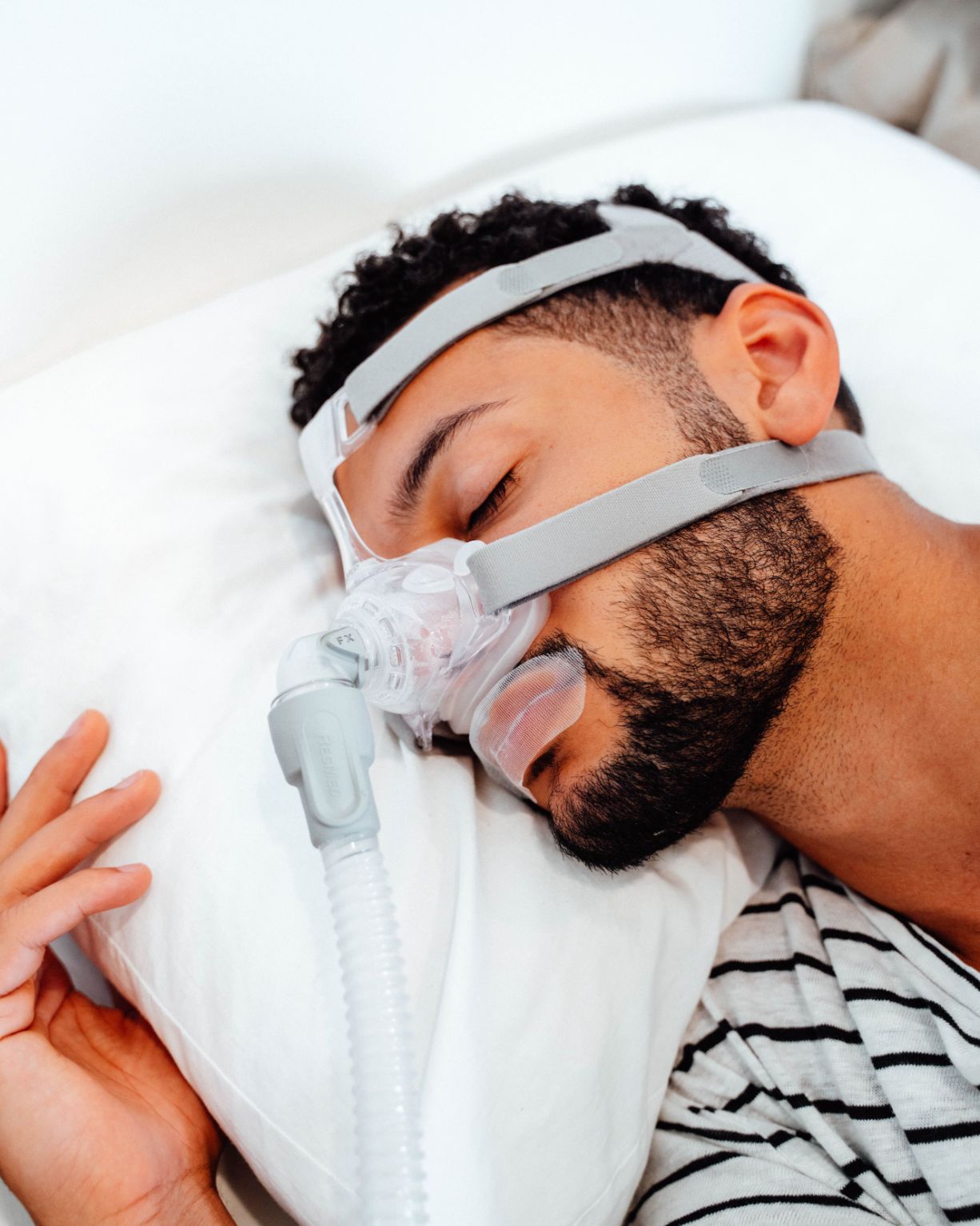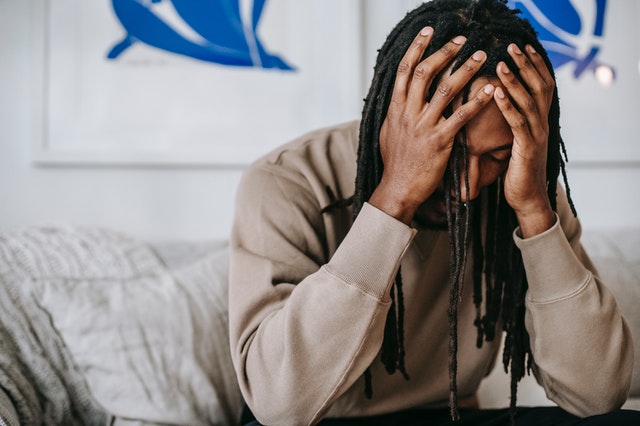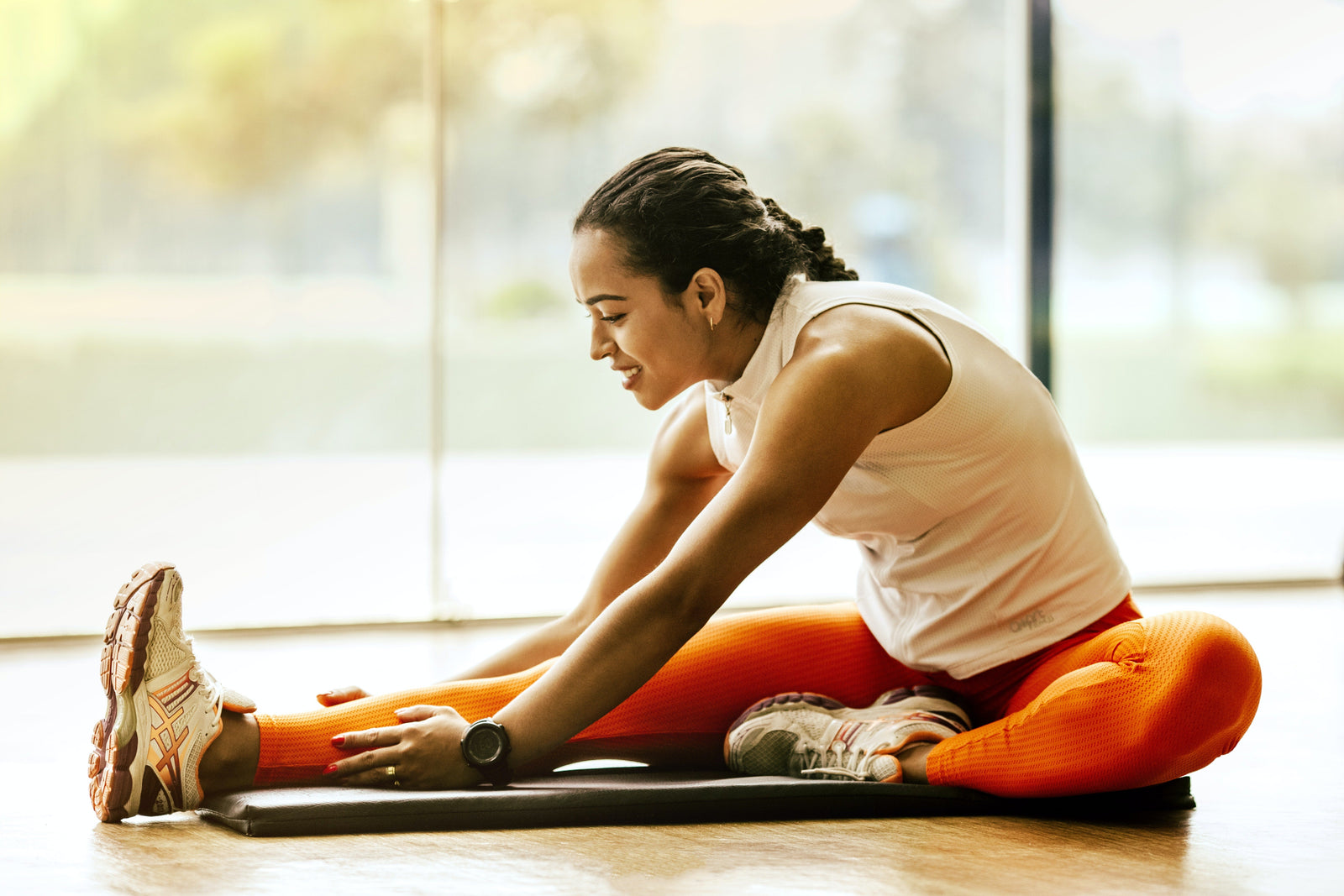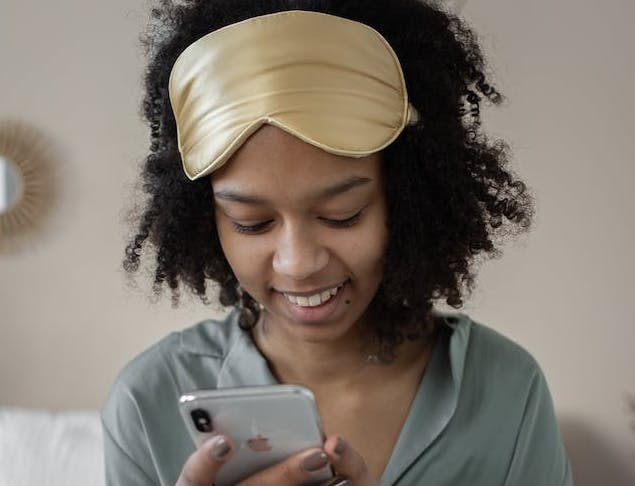Receiving a sleep apnea diagnosis is life-altering. Moreover, picking the sleep apnea treatment option that works best for you is no easy feat.
It may take some trial and error, but you do have choices. We’ve broken down several popular sleep apnea treatment options to help you select the one that’s right for you.
Before we get into the specifics of different treatment options, we must first understand what sleep apnea is and how it affects the body.
What is Sleep Apnea
Before or after completing a sleep study, you may have asked yourself, “what is sleep apnea, anyway?”
It’s difficult to approach treatment if you’re unsure what the condition you’re suffering from consists of. Put simply, sleep apnea is a condition that causes repeated pauses in breathing during sleep.
These pauses are called apneas, and the number of apneas you experience as you sleep can range widely depending on the type and severity of the sleep apnea you suffer from.
If you snore loudly and feel tired even after sleeping for the recommended amount of time every night, it’s all connected to your sleep apnea diagnosis.

When you stop breathing during sleep, even if only for a moment, the brain is pulled out of a deep phase of sleep into a lighter one.
This process interrupts and fragments sleep, leaving you feeling groggy and irritable the next day. Over time, the lapses in breathing that cause interruptions in oxygen supply damage the brain and body.
Sleep apnea is also associated with an increased risk of life-threatening conditions such as diabetes, depression, heart disease, high blood pressure, and more, making proper treatment essential.

Snoring is one of the most common side effects of sleep apnea, so proper treatment may even reduce your snoring (which is a huge win for your partner!)
As we mentioned earlier, the frequency and severity of your lapses in breathing during sleep determine the type of sleep apnea you are diagnosed with.
Types of Sleep Apnea
Comprehending the various types of sleep apnea is crucial on the road to answering the question, “what is sleep apnea?”
There are three main types of sleep apnea: obstructive, central, and mixed.
Aside from the different types of sleep apnea, there are varying levels of severity based on the number of times you stop breathing each hour.
- Severe: More than 30 apneas per hour
- Moderate: Between 15 and 30 apneas per hour
- Mild: Between 5 and 15 apneas per hour
Talk with your sleep technician and physician if you have questions about the results of your sleep study, as patients with different types and severities of sleep apnea may require different treatments.
Now that we’ve answered the question, “what is sleep apnea?” we can finally dive into some different sleep apnea treatment options.
#1: Oral Appliances: A Low Profile Sleep Apnea Treatment Option
Oral appliances, also called mandibular advancement devices, are typically not as effective as other sleep apnea treatment options.
However, some people prefer these mouthpieces due to their low profile. Some are designed to bring the jaw forward, allowing the airway to open. Others hold the tongue in place.

Most oral appliances are designed by dentists for a custom fit, but over-the-counter choices are available.
An oral appliance is typically not a viable solution for most sleep apnea sufferers. That’s where airway pressure machines come in.
#2: CPAP: Tried and True Treatment
Continuous Positive Airway Pressure (CPAP) machines deliver air pressure through a mask and into the airway as you sleep.
This pressurized air keeps your airway from collapsing, allowing your body to properly oxygenate itself while preventing snoring and fragmented sleep.

CPAP machines are among the most reliable treatment options for sleep apnea. In fact, CPAP machines are proven to be at least 80% effective, on average, when fitted and used properly.
However, the single-mode of pressure in CPAP machines may not be as effective in comparison to machines that offer two levels of air pressure.
#3: BiPAP: Two Levels of Air Pressure
A Bilevel Positive Airway Pressure (BiPAP) machine is a device that offers two different pressure levels of air: one for exhalation and one for inhalation.
During inhalation, high pressure is used. As you exhale, the machine switches to low pressure.
BiPAP machines also have settings that measure the time between each breath, so if you experience a long pause between inhalation and exhalation, the machine will adjust the pressure accordingly.

This technology may be more successful at treating sleep apnea in contrast to the single, continuous air provided by a CPAP machine.
Yet another useful form of treatment that utilized intelligent technology to treat sleep apnea? Adaptive Servo-ventilation, also called ASV.
#4: ASV: Sophisticated Technology
ASV, a recently approved device, uses advanced technology to learn your breathing pattern and store the information within a computer built into the device.
After you fall asleep, the machine pressurizes your breathing accordingly based on the data it stores and reads in real-time.
ASV may be more successful at treating difficult forms of sleep apnea like complex sleep apnea than other treatment options.
However, it may not benefit people with central sleep apnea, since the lapses in breathing with CSA are caused by the brain rather than a physical blockage.
#5: Choosing the Right Mask
If the type of therapy you choose isn’t working, it may not be the machine. The mask you choose to deliver air into your airway is just as important as the machine itself.

There are three main kinds of masks: full face masks, nasal masks, and nasal pillows.
While nasal masks and pillows offer a more comfortable fit, mouth leaks are still possible, which can render your therapy ineffective. That’s where mouth tape comes in.
#6: Mouth Tape to Promote Nasal Breathing
Mouth breathing, snoring, and sleep apnea are all connected. The best way to avoid mouth breathing, snoring, and fragmented sleep? Tape your mouth shut at night.**
We were designed to breathe in and out of the nose rather than the mouth. However, many of us have narrowed palettes due to the soft nature of the modern diet.
This makes mouth breathing difficult since the tongue can’t easily rest up against the roof of the mouth in a proper tongue posture.
@somnifix Are you a #mouthbreather ❓👄 Here’s why you should switch to #nasalbreathing instead! #airwayhealth #learnontiktok #breathwork #didyouknow ♬ Love Grows (Where My Rosemary Goes) - Edison Lighthouse
When your mouth is taped shut, a proper tongue posture and nasal breathing are the only options.
Better yet, mouth tape can be used in combination with your sleep apnea mask to prevent mouth leaks and improve the quality of your treatment. It’s a great replacement for that itchy and uncomfortable chin strap you may be using!
When it comes to selecting a tape that’s effective yet gentle on the skin, SomniFix has got you covered.
Use SomniFix To Improve Sleep Apnea Treatment
Most tape can irritate the skin, leading to rashes and discomfort.
SomniFix was designed to provide a comfortable fit for all skin types. Our Strips are hypoallergenic and free of latex and gluten.

Moreover, our gel-like adhesive provides such a comfortable fit that you’ll forget you’re wearing anything on your lips.
Add SomniFix Mouth Strips to your sleep apnea treatment regimen tonight to reduce mouth leaks, improve sleep quality, and stop snoring for good!
**SomniFix Mouth Strips are not a substitution for CPAP and should not be used as an independent solution for sleep apnea.



